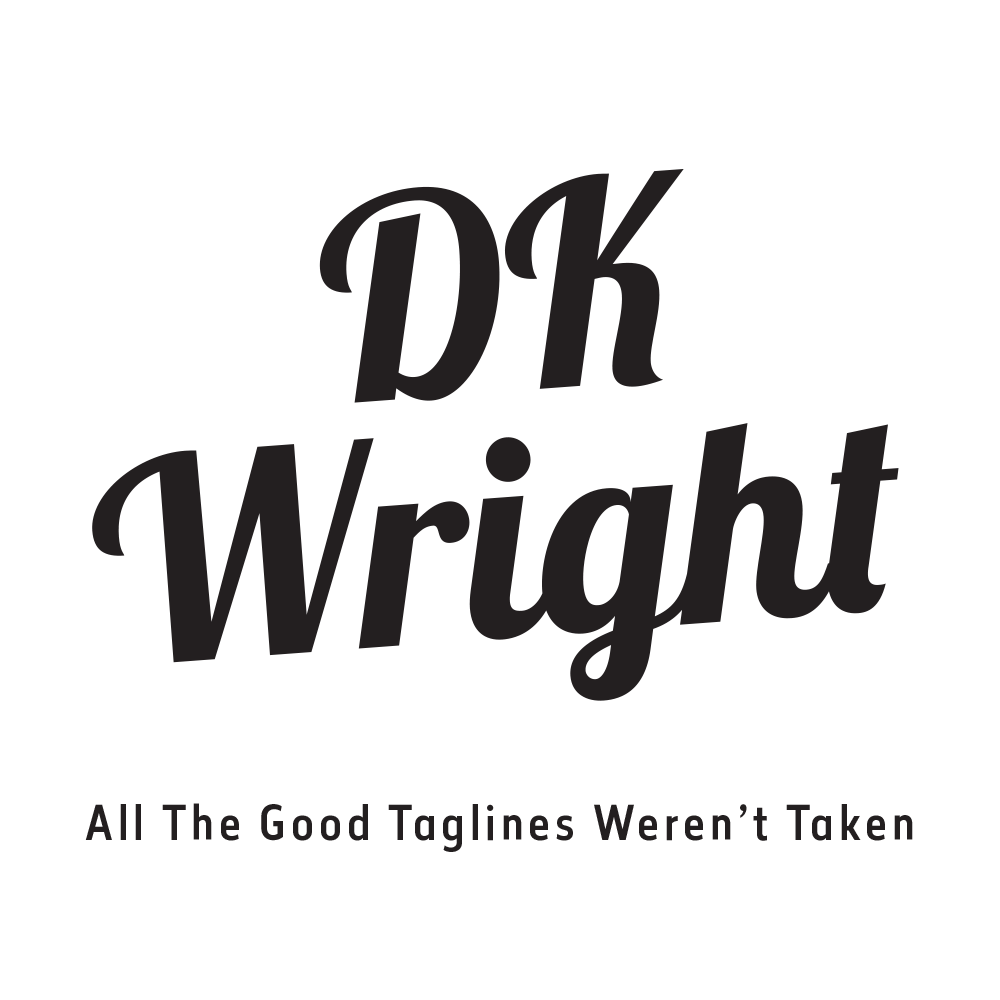CALL TO ACTION (CTA)
A phrase within an ad, or a graphic element such as a button, which invites the audience to take a certain action. Such as ‘Swipe Up to Read More,’ ‘Download Your Free eBook Now,’ or ‘Click Here.’
CALL SHEET
A document sent out to the cast and crew of a production that outlines the location, production schedule, and all the details they need to know for the following shoot day. It can also outline the daily tasks of individual team members, status of tasks for that day, weather conditions, parking regulations, and all other pertinent details.
CAMPAIGN PURPOSE
A distillation of the main message and must contain fundamental truth about the brand that can be reinforced/apparent throughout multiple proof points. It is the most important idea to get across through the work that is not a tagline or public facing slogan. Case Statement- This can be a long or short statement that makes a case for the project overall. Outlining a campaign's strategic pillars and initiatives for the future in a way that answers the questions “why now?”, “why is this work necessary/relevant?”, “why is this worth the money?”
CHANNEL
A distribution method; In advertising, it’s an outlet used by advertisers to reach audiences, such as direct mail or radio. Digital advertising includes channels such as display advertising, social media advertising, and mobile in-app advertising.
CLICK-THROUGH RATE (CTR)
Expressed as a percentage of total impressions, this statistic shows how often people who are served an ad end up clicking on it. An ad’s CTR is calculated by dividing the number of clicks an ad received by the number of times it’s been served, then converting that into a percentage. For example, if an ad received 5 clicks and was shown 1000 times, the CTR is 0.5%. The higher the CTR on an ad, the better it’s performing.
CMS
Content Management System; a tool that allows users to manage the content on a website without needing to write code from scratch. This is meant to be a way for people without a working knowledge of writing code to be able to manage content updates on their site. Concept- also known as the Big Idea, a creative concept is the unifying theme of an ad campaign that captures audience interest, influences their emotional response and inspires them to take action.
CONTEXTUAL TARGETING
Another form of targeting Selecting audiences based on the type of content being displayed on a particular webpage. An example of contextual advertising is placing ads for hair care products on the Vogue website.
CONVERSION
When launching a campaign, advertisers select a specific action or set of actions they want audiences to take. Each time a member of the audience takes this action, it is counted as a conversion. Conversions include actions such as signing up for a newsletter or making a purchase on a website.
COPY
The words that are written into the ad, script, banners, or social media captions that will either be read by the potential consumers, actors or the director.
COPY TYPE
Of all the expected copy types there are headlines, outlines, bylines, body copy, slogans, social captions, and banner copy
CPA
Cost per action
CPC
Cost per click; this is an equation used to measure performance in a paid media campaign. CPC can be an indicator of cost efficiency and is the number of clicks on a particular unit or units divided by the total cost.
CPI
cost per impression; this is an equation used to measure performance in a paid media campaign. CPI can be an indicator of cost efficiency and is the number of impressions (see ‘impressions’) divided by the total cost
CREATIVE STRATEGY
A roadmap for the conveyed message, to whom, and with what tone. This provides the strategic pillars for the creative team to develop the ad. Within the context of that project, any ad that is then created should conform to that strategy.
CRF
Change Request Form - A form with all the suggestions for changes by the client.
CRM
Customer relationship management
CSR
Customer Service Relations
CX
Customer Experience
